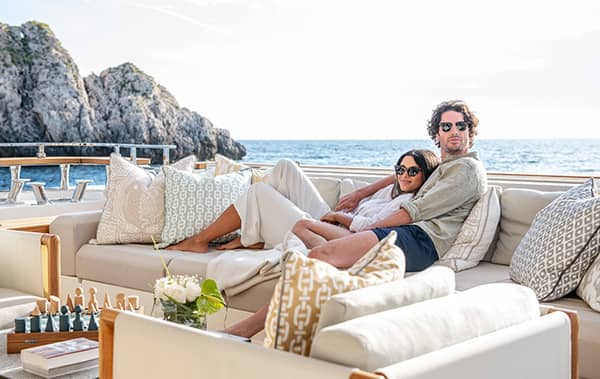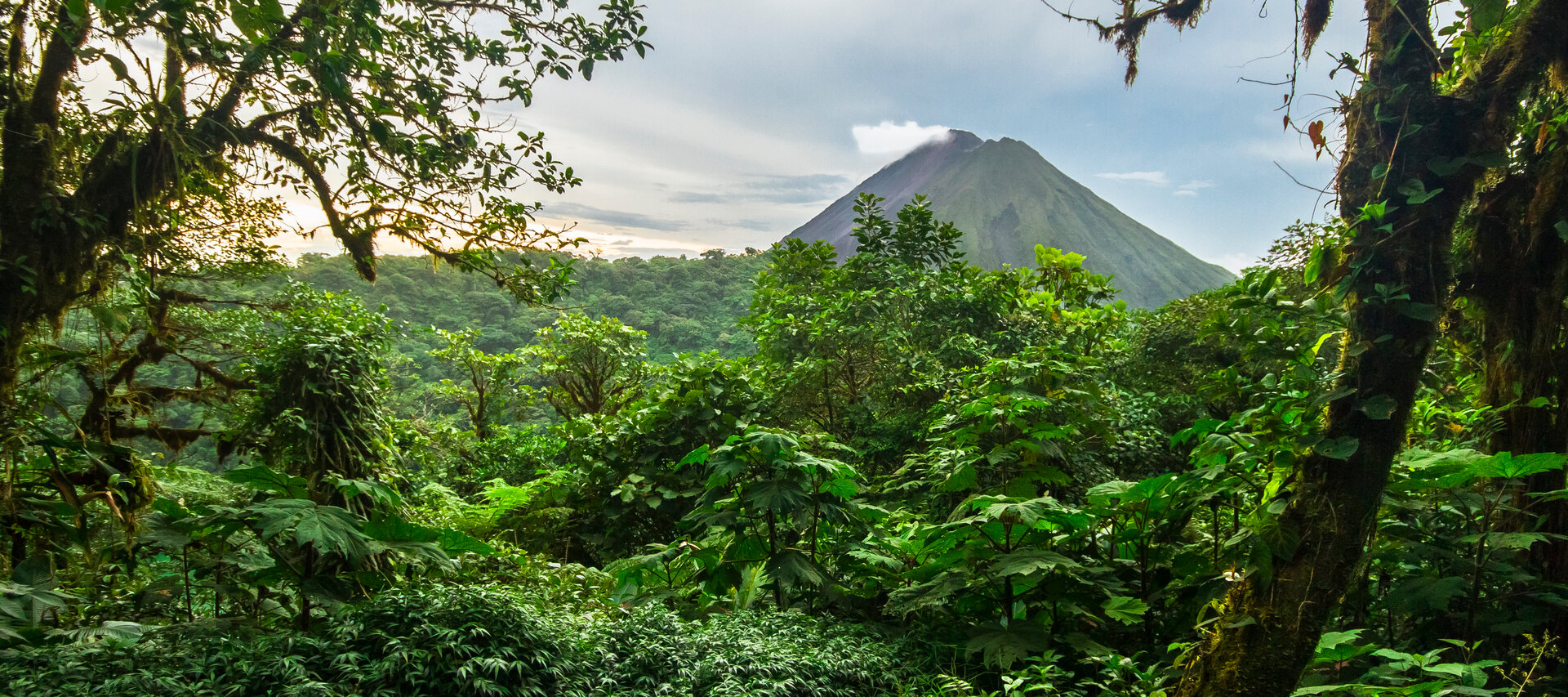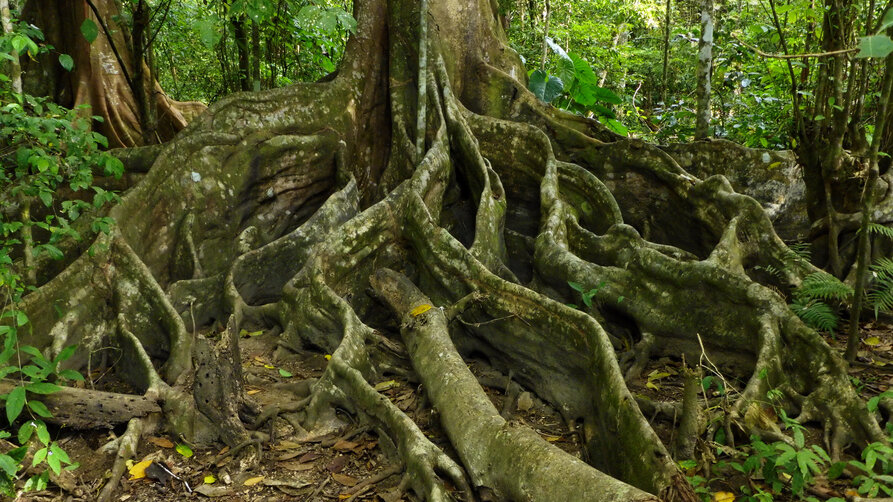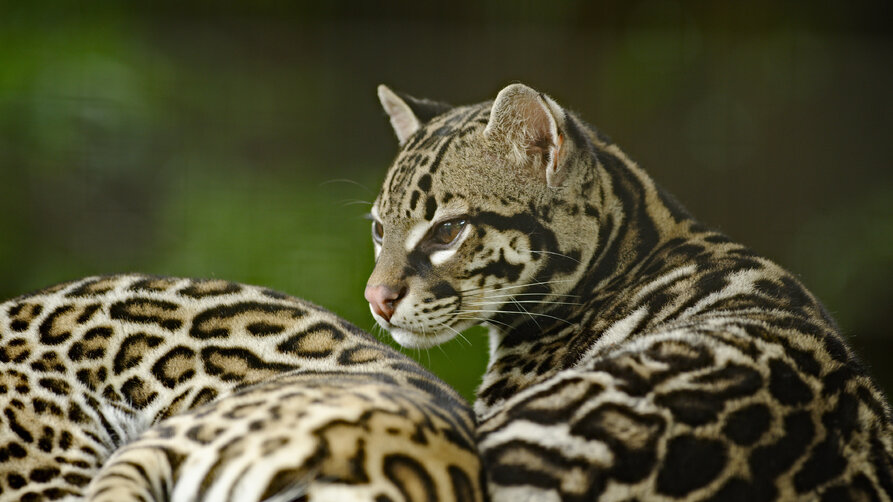Yacht Charter in Costa Rica
Best time to visit
November - April
Languages
Spanish
Currency
Costa Rican Colón, US Dollars
Cruise the coast of Costa Rica
A Costa Rica yacht charter is perfect for adventure-seekers who want to explore more – you can dive into underwater caves to discover new worlds, or hike amid protected wilderness where you may have a close encounter with a foraging giant anteater or a loafing sloth.
There is a choice of two coastlines, too – the Caribbean coastline, which is a good start or end point for a wider Caribbean charter, as well as suited to anyone wishing to visit Tortuguero National Park and its nesting turtles – and the Pacific coast.
Puerto Caldera on the north Pacific coast is the most popular starting point for a Costa Rica yacht charter. From here, you can cruise south to Isla del Cano, one of the best dive sites in the world, where you will meet colourful fish, whales and sharks amid its vibrant coral reefs, before heading to the unspoiled beaches and incomparable nature trails of the Corcovado National Park.
Costa Rica is a small enough country that it’s relatively easy to explore the verdant interior, too, particularly if your yacht charter in Costa Rica comes with its own helicopter, or you are open to chartering a private jet.
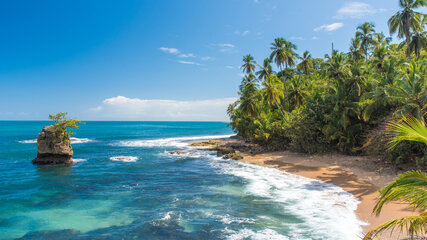
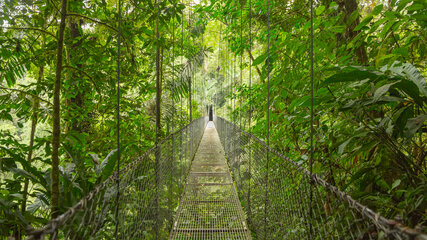
Best places to eat, drink and party in Costa Rica
Costa Ricans are known for their penchant for rice and beans, which comes with pretty much everything, from the Gallo Pinto (fried or scrambled eggs) at breakfast through to the Casado at lunch or dinner – a traditional dish of rice or beans served with meat or fish and salad, which varies from place to place. Coffee is always freshly brewed and sweet snacks such as pejibaye, or peach palm fruit, are abundant, and your chef will be only too happy to serve local delicacies on board.
If you’d like to go out for dinner, you can enjoy fantastic beachside sushi at Koji’s in Santa Teresa or book a toes-in-the-sand dining experience at Manglar on the Peninsula Papagayo. For nightlife, Anejo at the Four Seasons (also on the exclusive Peninsula Papagayo) has a relaxed vibe where you can drink cocktails and eat tapas at the DJ spins his tunes, while the surf town of Tamarindo, further south, has plenty of chilled-out beach-side bars and clubs.

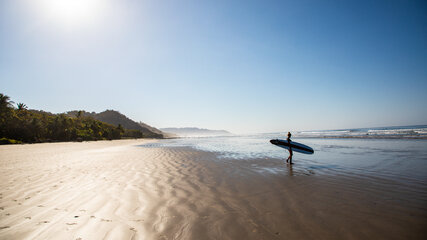
Best things to do in Costa Rica
Surfers take note: the sandy shores of Costa Rica offer some of the best waves on the planet, along with much smaller crowds than the world’s more famous surfing spots. For the biggest breaks head to Puerto Viejo on the Caribbean coast: it’s a cool seaside town with fabulous waves – but only surfing pros should attempt them.
For the most accessible diving and surfing spots head to Playa Naranjo or Playa Grande on the north Pacific Coast. Costa Rica has some spectacular dive sites, too. Cocos Island is a world-renowned spot, where you can feast your eyes on red-lipped batfish, marlin, sailfish, sharks, and whales.
On your yacht charter in Costa Rica, you can make good use of your yacht’s water toys in the calm and sheltered waters of the Gulf of Papagayo, while you haven’t dived until you’ve dived off the shores of Cano Island, home to some of the most biodiverse waters on the planet.
Caño Island
The Isla del Caño is an amazing marine biological reserve, whose virgin blue waters make it the perfect tropical paradise for snorkellers and divers. It’s home to a spectacular variety of marine flora and fauna and is famous for having Costa Rica’s largest concentration of coral-building organisms along the Pacific Ocean. Visibility is normally excellent here, and you could find yourself swimming alongside sea turtles, dolphins, stingrays, manta rays, moray eels, barracudas, tuna, snapper, parrot fish, puffers and more. This ever-changing natural panorama is sure to be an experience you’ll remember forever.
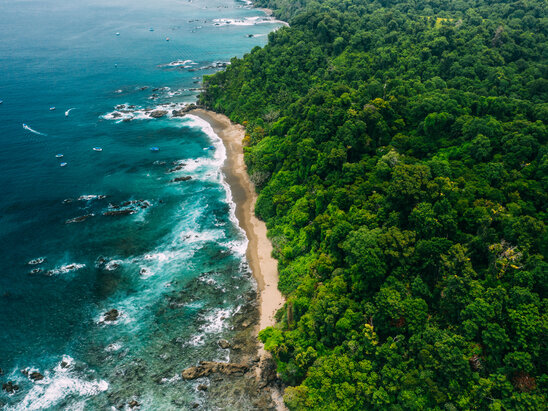
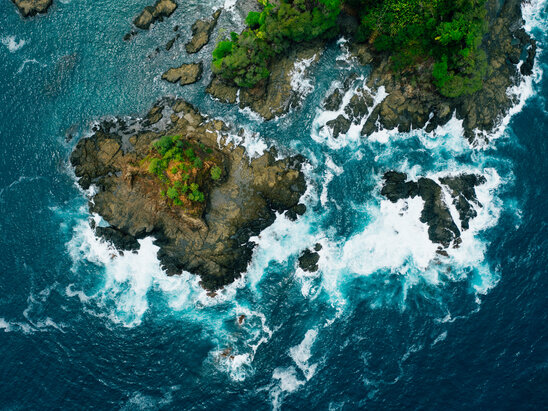
Catalina Islands
The Catalina Islands also offer fabulous diving, and there are several excellent dive sites to explore. The islands are a fair distance from the shore and are a seasonal home to the majestic giant Pacific manta rays, who come to visit its many cleaning stations. Visit from January to April for a chance to see these incredible creatures as they glide and dance through the water around you. Even the most experienced divers will be amazed by the abundant sea life here, which includes barracudas, spiny scorpion fish, barber fish, king angelfish, and brightly striped Cortez angelfish.
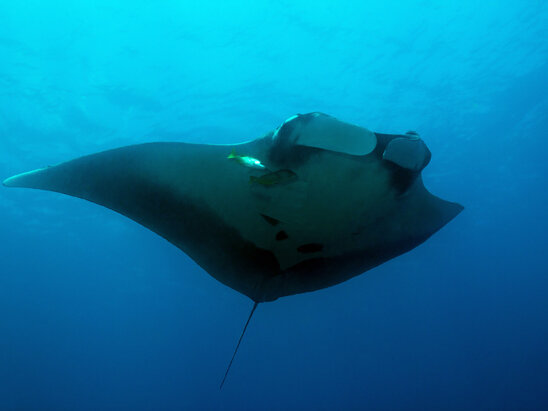
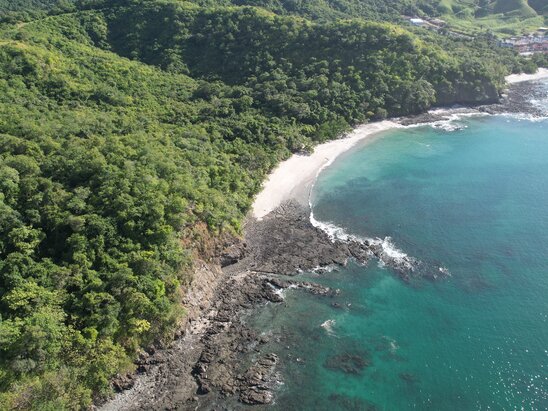
Corcovado National Park
Corcovado National Park in the south of Costa Rica is the experience of a lifetime for anyone willing to truly get off the beaten track. It includes the only remaining old-growth rainforest on the Pacific coast of Central America, as well as 13 major ecosystems including lowland rainforest, highland cloud forest, palm forest and mangrove swamps, as well as coastal marine and beach habitats. There’s also a good chance of spotting some of Costa Rica’s shyest and most endangered inhabitants, including Baird’s tapirs, jaguars, scarlet macaws, Harpy eagles, red-backed squirrel monkeys and white-lipped peccaries.
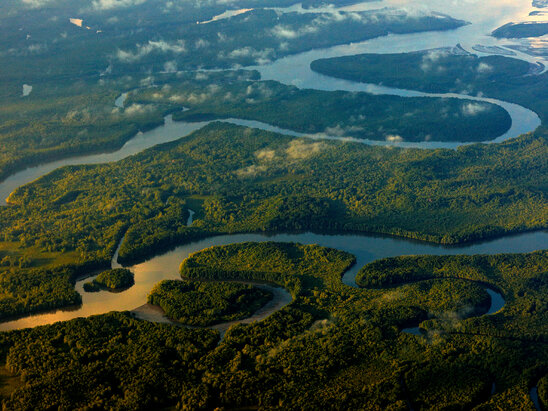
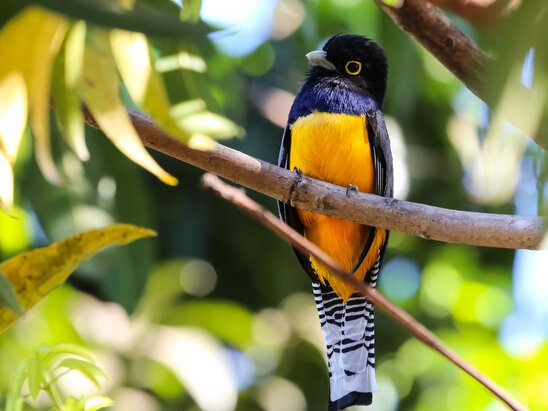
Golfito
Golfito is located on Costa Rica’s south Pacific coast, about 340km from San José. This small port city hugs Golfito Bay and is backed by steep green hills covered with pristine rainforest. The Golfo Dulce (‘sweet gulf’ in English) lies seaward outside Golfito Bay. Recognised by National Geographic as one of only four ‘tropical fjords’ in the world, it’s one of the world’s most untouched marine habitats. The waters here contain 17 protected marine areas and are home to an incredible array of species, including 25 kinds of dolphin and four types of sea turtle.
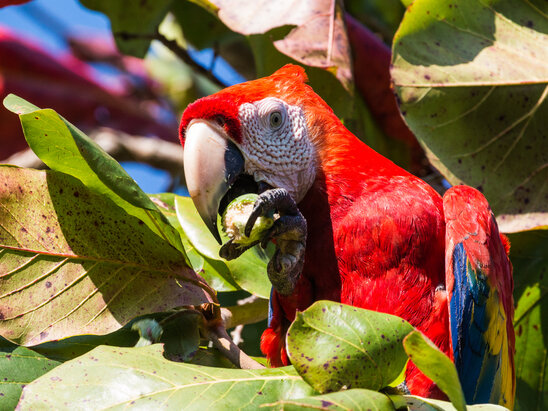
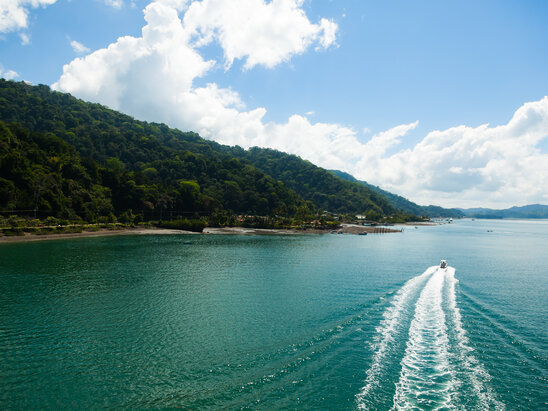
Gulf of Papagayo
The Papagayo Gulf is the setting for Costa Rica’s luxury resorts and most sought-after beaches. A place of stunning natural beauty, it’s no wonder that the gulf attracts a lot of visitors, but the most beautiful part of the coastline is inaccessible by land, so it’s very private. This part of Costa Rica has some of the best sports fishing, scuba diving, surfing and snorkelling in the country – the waters are home to some of the most sought-after trophy fish for divers and fishermen. The Gulf is surrounded by unspoiled tropical forest and dazzling topography, making it the ideal setting for nature lovers and beachgoers alike.
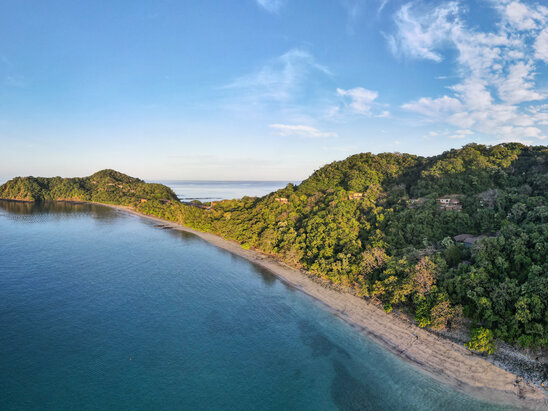

La Fortuna
For most of its history La Fortuna was a sleepy agricultural inland town. Then in 1968 the Arenal volcano, just a few kilometres from town, erupted violently after nearly 400 years of dormancy, burying the small villages of Pueblo Nuevo, San Luís and Tabacón. Visitors from around the world began flocking to La Fortuna in search of fiery night skies and photos of creeping lava. Although the volcano stopped erupting in 2010, Fortuna still tops many travelers’ lists. It’s a busy place, but a charming one, and Arenal provides a stunning backdrop, whether it’s peeking through the clouds or sparkling in the sun.
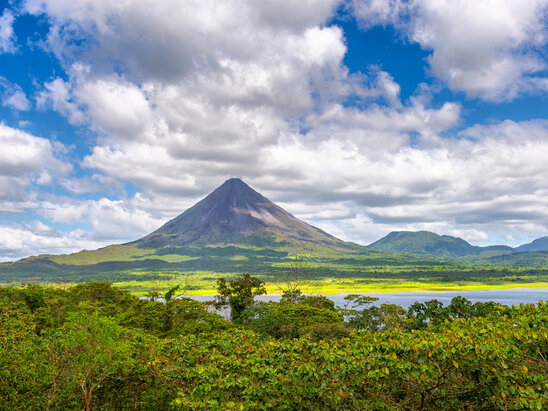
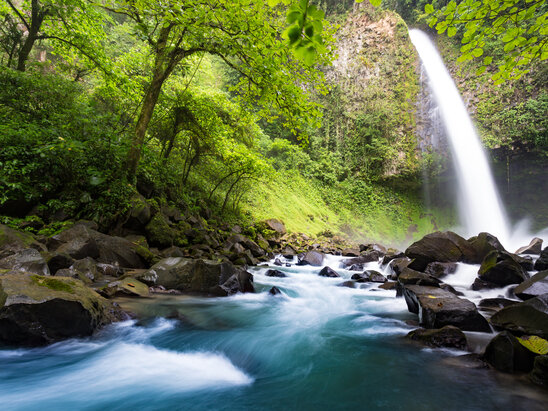
Pacuare River
The Pacuare, Costa Rica’s most scenic and accessible river, spans some of the country’s most diverse terrain, passing through dense primary rain forest, lowland tropical forest and towering waterfalls. Jaguars, ocelots, monkeys, sloths and hundreds of species of birds make these waters their home. With rapids ranging all the way up to class V, the Pacuare is easily Costa Rica’s premier whitewater rafting river, though it’s one for experienced and adventurous rafters. There’s a great choice of rafting tours and day trips that give you the option to do other activities too, like visits to waterfalls and natural springs, or hiking trails.
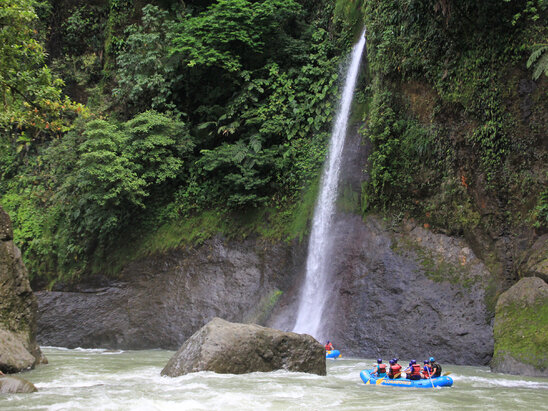
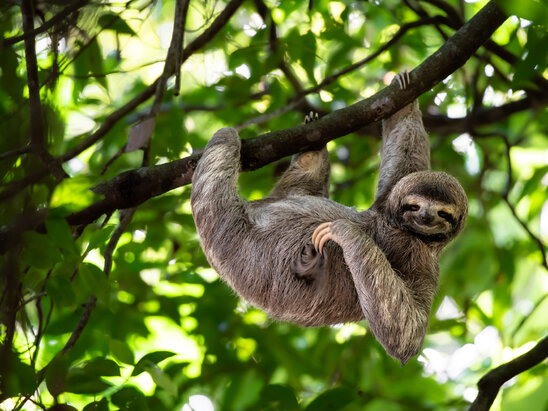
Puerto Jiménez
Sliced in half by the swampy, overgrown Quebrada Cacao (Cacao creek), and flanked on one side by the emerald waters of the Golfo Dulce, the vaguely Wild West outpost of Puerto Jiménez, on the edge of Corcovado National Park, is shared equally by local residents and wildlife. Walking through the streets of Jiménez – as the locals call it – it’s not unusual to spot scarlet macaws roosting on the soccer field, or white-faced Capuchin monkeys swinging through the treetops, right next to the main street.
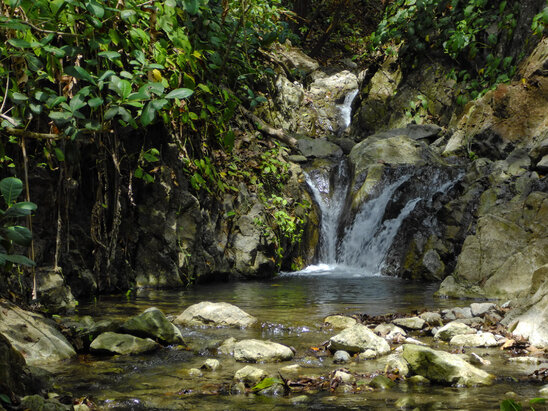
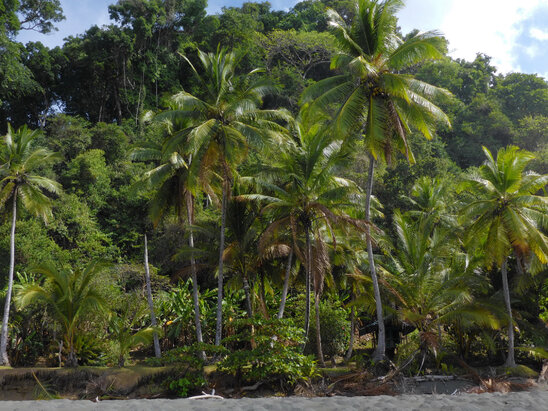
Sirena
One of the things that Costa Rica is best known for is the spectacular wildlife that abounds here – pretty much wherever you go you’ll see neotropical birds and animals, from boisterous monkeys and sleepy sloths to screeching parrots and flashy toucans. But there’s one location where the diversity of wildlife is unlike any other: Sirena Ranger Station, inside Corcovado National Park. Sirena Biological Station is unquestionably one of the most rugged areas in the country and the ideal location to witness amazing biodiversity. In order to conserve the natural environment, you must be accompanied by a licensed guide and have a valid entrance permit, even if you wish to visit for a day. Scientists and researchers have priority so booking ahead is recommended.
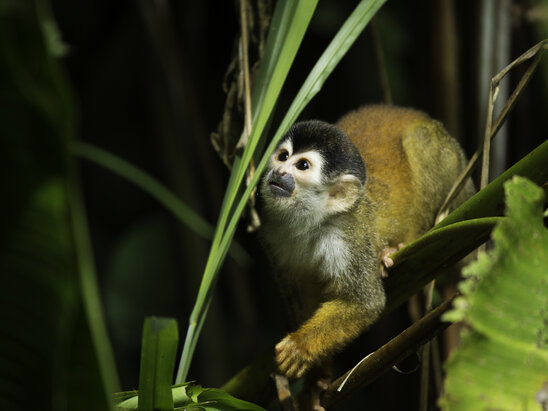
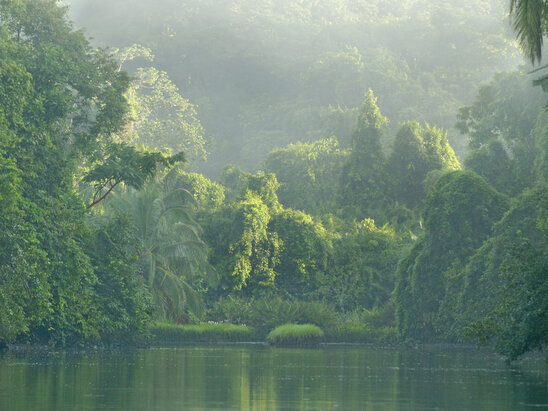
Tortuga Island
Beautiful, peaceful Tortuga lies off the southern tip of the Nicoya Peninsula. It’s dotted with laid-back villages, incredible pristine beaches and stunning natural reserves and wildlife refuges. This dreamy island paradise, fringed with swaying coconut palms, soft sandy beaches and emerald waters, is the epitome of tranquillity. Tortuga is just 90 minutes by boat from the mainland, and even the journey here is a feast for the eyes. Once you’ve arrived, spend the day swimming, playing volleyball, hiking the forested hills or simply bathing in the warmth of the sun and beauty of the landscape. Thrill seekers will love the canopy tour and zip line that whisks you through the treetops for a bird’s eye view of the forest.
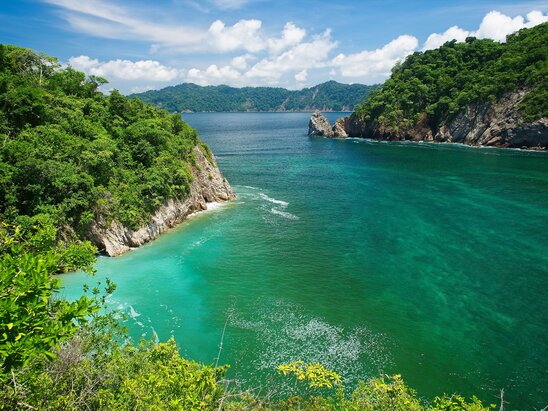

When to charter a yacht in Costa Rica
Dry season in Costa Rica runs from late November to April, making this the best time to rent a yacht in Costa Rica.
Being close to the Equator means it’s always pretty hot on the coast and the plains (it can be milder in the plateau), with average temperatures of between 30°C-32°C (86 °F-90°C) at the start of dry season, reaching up to around 34/35 °C (93/95 °F) towards the end of dry season. Meaning you’ll be very glad of all that water to cool off in.
Language spoken in Costa Rica
The official and most widely spoken language in Costa Rica is Spanish, albeit a Costa Rican Spanish (so there are some local variations). On the Caribbean coast, locals speak Jamaican patois.
Time zone in Costa Rica
Costa Rica observes Central Standard Time (GMT -5) all year round, with no Daylight Saving.





